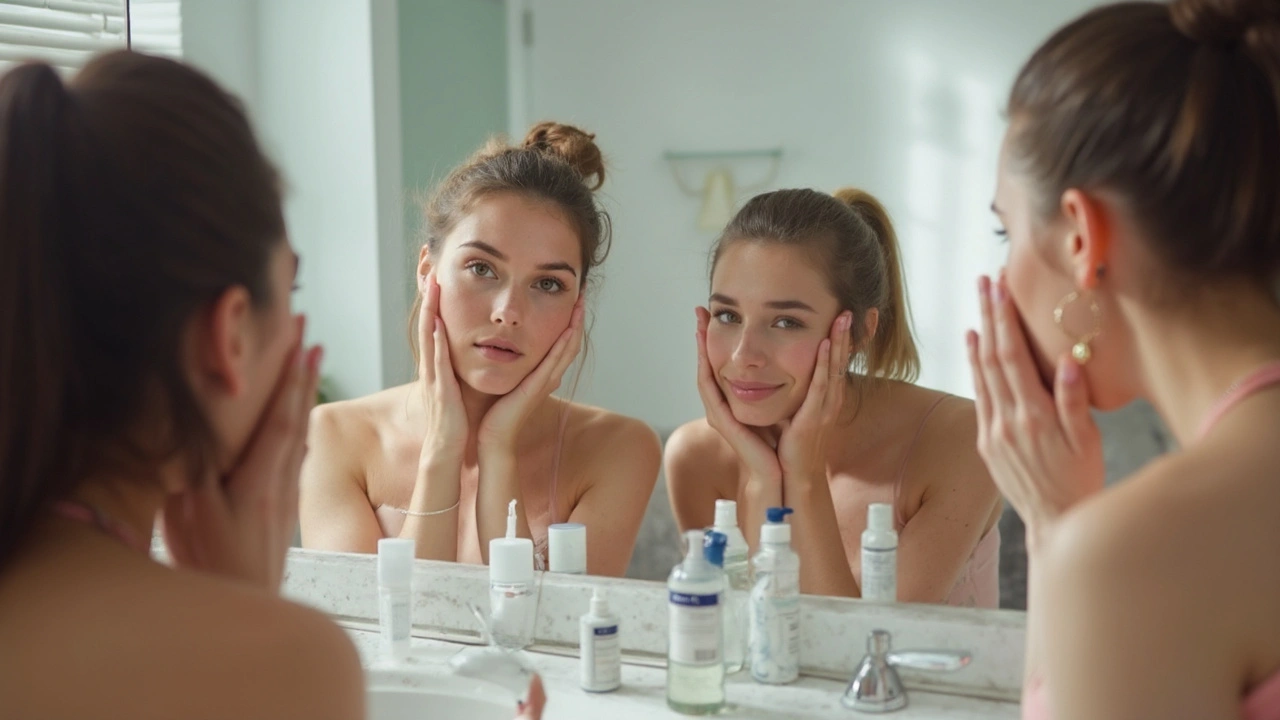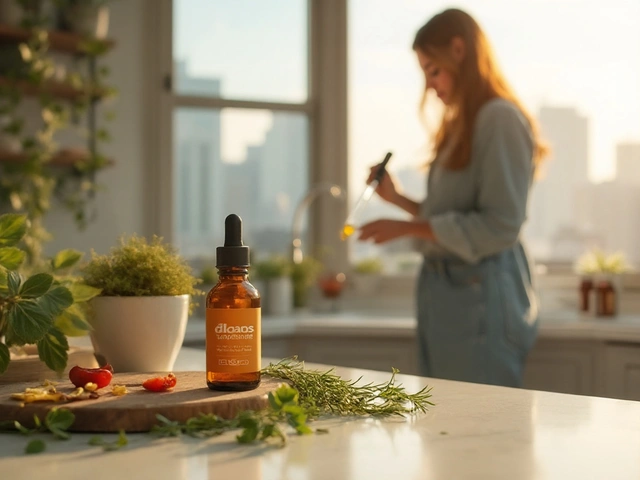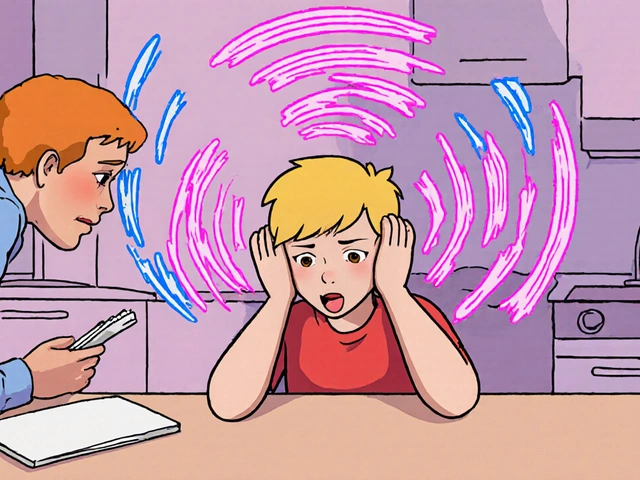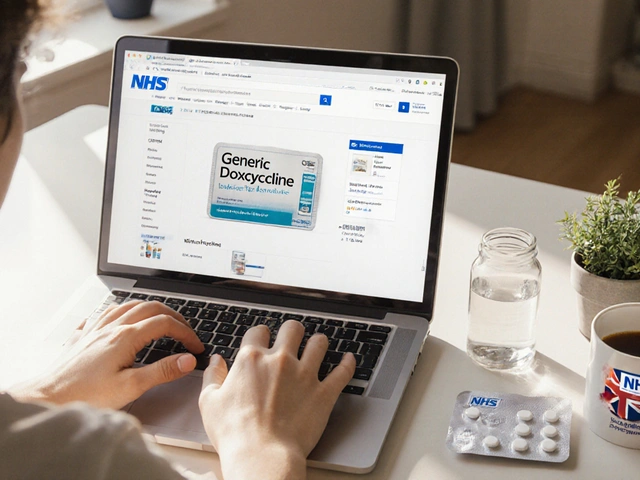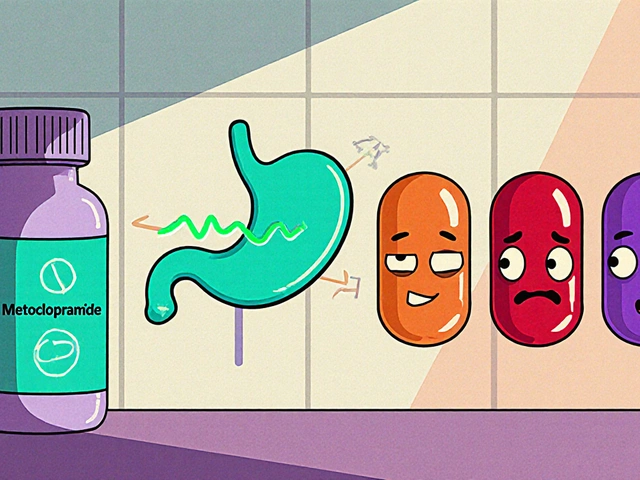Some folks swear Benzac changed their life. Others were blindsided by dryness and redness. No acne product gets talked about this much in breakroom chats, bathroom mirrors, and endless drugstore runs. So, why does this unassuming tube create such a stir? It’s got a secret weapon: benzoyl peroxide. You’ll spot it in countless acne products, but Benzac’s the OG brand that keeps popping up on pharmacy shelves—and in real people’s routines—year after year. What’s the actual deal with Benzac? Does it crush breakouts, or does it leave you dodging dry, shiny patches in Zoom calls? Let’s rip the lid off and see what’s inside.
How Benzac Actually Works & Why It’s Everywhere
At the core of Benzac lies its hero: benzoyl peroxide. This ingredient isn’t just a big name in acne circles because of luck or hype. It’s got real, science-backed muscle. Benzoyl peroxide attacks acne in two major ways. First, it’s a killer for acne-causing bacteria—literally. It penetrates your pores and releases oxygen, which the bacteria absolutely can’t stand. Take away their home turf, and breakouts start heading for the hills. Second, it helps clear out the gunk—think oil, dead skin, and all the stuff clogging pores—so new pimples have a harder time setting up shop.
Benzac typically comes in several strengths, from a gentle 2.5% for the rookies to a more robust 10% for the bold. Each tube looks simple, but those percentage points pack a punch. Loads of dermatologists recommend starting low, especially if your skin’s new to this wild world, then stepping up only if you’re not seeing results. Why? Higher doesn’t always mean better. Sometimes, the 2.5% packs all the punch you need—without causing that sandpaper feeling people dread.
Benzac isn’t just a spot treatment, either. It comes in face washes, cleansers, daily gels, and even topical creams. The idea is to hit acne where it hurts most and to fit into your existing skincare routine with minimal fuss. This variety is another reason Benzac stays in the spotlight. It fits into morning rushes, nighttime routines, and everything between. It’s also fragrance-free and dye-free, which is a lifesaver for anyone with sensitive skin.
Let’s look at some facts to back all this up:
| Strength | Formulation | Recommended Use | Dermatologist Comment |
|---|---|---|---|
| 2.5% | Gel / Wash | Start here if you're new to benzoyl peroxide. | Low irritation, good for sensitive skin. |
| 5% | Gel / Cream | For moderate acne or as next step up. | Stronger, check for dryness. |
| 10% | Gel | Stubborn, severe acne only. | Can be harsh, watch for peeling. |
What’s wild? Studies have shown that the 2.5% strength can be just as good at tackling acne as the stronger stuff, with less irritation. So, those Instagram stories raving about high-strength gels? Take ‘em with a grain of salt. Sometimes, gentler really is better.
What Nobody Tells You: Side Effects, Surprises, and Skin Drama
If Benzac ended here, with clear skin and zero drama, I’d call it a miracle in a tube. But the truth is Benzac isn’t shy about letting you know when it's working. The most common sidekick? Dryness. Like, “Why does my face feel tight after lunch?” dryness. Benzoyl peroxide doesn’t just go after bacteria—it can zap moisture from your pores, leaving you flaky, shiny, or even stinging the first couple weeks.
Redness and irritation are also real possibilities. It’s tempting to cover your whole face, but a little goes a long way. A hot tip? Start with small dots only on the breakout zone. Give your skin at least a week to adjust before you layer on more. If you start to look like a tomato or your skin starts peeling like post-sunburn, hit pause, moisturize, and ease up your routine.
An odd thing many people don’t realize: Benzoyl peroxide bleaches fabric. Ever noticed mysterious white spots on your favorite towels or pillowcases? That’s the Benzac sneaking out. Switch to whites while you’re using it, or resign yourself to the occasional ghostly mark on a dark T-shirt. It also reacts with some hair dyes, so if your hairline gets the cream, beware potential color changes.
The really important thing? Allergic reactions, while rare, can happen. Swelling, severe itching, blisters—don’t mess around. If it happens, wash off immediately and get checked out by a doc. Most side effects go away with regular moisturizer use and a little patience. But overdoing it? Easy to fall into, especially during those “I need clear skin by Saturday’s party” panics.
Here are some quick do’s and don’ts for side effect control:
- Always layer moisturizer on top, even for oily skin types.
- Avoid other harsh treatments (retinol, astringents) while your skin adjusts.
- Stay out of direct sun—the skin gets more sensitive and can burn easier.
- Start with every-other-night applications before going daily.
- Watch clothing and bedding—use whites to avoid bleach marks.
- Wash hands after applying Benzac to keep mystery bleach patches off everything you touch.

How to Use Benzac Without Messing Up Your Skin Barrier
Getting Benzac to actually work for you is part art, part science, and part patience. Skip these steps, and even the best acne formula turns evil real fast. Here’s how to get a handle on things and avoid giving up too soon:
- Cleansing comes first. Don’t slather Benzac on dirty skin. Use a gentle non-foaming cleanser—nothing with scrubbing beads or heavy fragrances. Pat dry; no need to scrub.
- Tiny dab, thin layer. You don’t need a golf ball-sized blob. A pea-sized dab covers the forehead or the chin. More isn’t faster, it’s just more irritating.
- Wait for it to dry before the next step. Don’t slam moisturizer right on top. Give Benzac a minute or two so it actually penetrates.
- Moisturizer is not optional. A lightweight, fragrance-free moisturizer turns the game around. Even acne-prone skin thrives on moisture. If you skip this, major regrets are coming.
- Sunscreen isn’t a joke. Benzac makes your skin more sensitive to the sun. Skip sunscreen, and you get red patches, peeling, or hyperpigmentation. Think of sunscreen as your daily insurance policy.
- Don’t mix and match too many actives. If you use retinol, vitamin C, or AHAs, alternate nights to keep your face from turning into a battlefield. Slow and steady wins here.
- Patience is everything. Acne didn’t appear overnight; it won’t clear up overnight, either. Give Benzac 2-3 weeks before you judge results. Your skin might get a little worse before it gets better—just hang in there.
People sometimes try spot-treating only, but Benzac works best when you treat the area of breakouts, not just each pimple. If your breakouts are only on your forehead or jaw, apply a thin layer over the whole zone. This stops new spots from popping up while you’re fighting the old ones.
It’s the layering that trips people up: cleanser, Benzac, moisturizer, and SPF. Too many steps or too many new actives at once almost always lead to a flare-up. If you add Benzac, keep everything else boring and simple until you know what your skin can handle. Watch how your skin feels daily—the goal is clearing up pimples without setting off dryness or redness landmines everywhere else.
One smart tip? If you’ve got an important event, ease off the Benzac a few days before. Skin sometimes gets a little flaky or red, and you don’t want that front and center in the group photo.
What to Expect, Success Stories, and When to Talk to a Doctor
The Benzac effect shows up differently for everyone. Teens see blackheads shrink and fewer whiteheads after a solid two weeks. Adults fighting those surprise chin spots during stress might notice less swelling pretty quick. The catch? If you don’t see results after six weeks, or if things seem to get worse, it’s time to review the routine or call up a dermatologist.
Some folks see Benzac as a miracle and stick with it for years. Others transition to different treatments down the line—like topicals with adapalene or prescription blends. The real win with Benzac is that it suits all kinds of skin types and fits into most routines. It’s available without a prescription, so there’s no need for awkward doctor’s visits just to start. But if your acne is deep, painful, or leaving scars, pushing through with over-the-counter stuff only gets you so far. Sometimes the answer lies in prescription meds, spironolactone, or in-office procedures.
Here are a few sample case scenarios to make things less abstract:
- Lisa, 17, switched from harsh scrubs to Benzac 2.5%. After three shaky weeks, her skin calmed down—blackheads faded, and she stopped getting big, angry zits during finals week.
- Jamal, 23, tried Benzac 5% because he couldn’t shake off chin breakouts from stress and masks. He started with every-other-night use, then went nightly. A bit of flaking in week two, but by week four, the stubborn spots backed off—and the dryness didn’t return.
- Anna, 19, jumped into Benzac 10% on day one, went too fast, and ended up quit after two weeks of angry red skin. She restarted with 2.5% and introduced a moisturizer, and this time rode out the purge to clear skin in a month.
What do dermatologists say? They love how accessible Benzac is, but they’ll repeat, “Moisturize, go slow, and be patient.” Their stats back this up: About 65-75% of mild to moderate acne improves with regular benzoyl peroxide use. It’s not perfect—no product is—but the odds are in your favor if you don’t rush things.
Curious about combining Benzac with other meds? Usually, benzoyl peroxide plays well with topical antibiotics (think clindamycin gel). But never mix-and-match prescription creams without clearing it with your doc.
For those doing everything right and not seeing results—or if acne is messing with your confidence or mood—tapping in a pro isn’t a sign of defeat. Sometimes hormones or genetics put up a bigger fight, and that’s okay.
Benzac isn’t just about clearing skin; it’s about finding a routine you can actually stick with. Streamline your steps, listen to what your face is telling you, and don’t panic if things get a little weird during the first weeks. Better skin, weird towels, and a new level of patience? Not a bad trade-off for a spot on your bathroom shelf.

